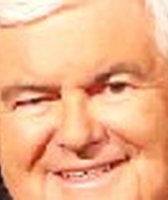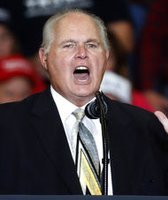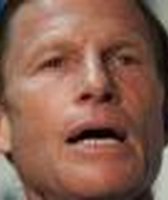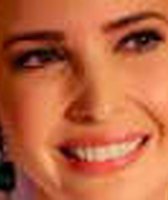Get PolitiFact in your inbox.
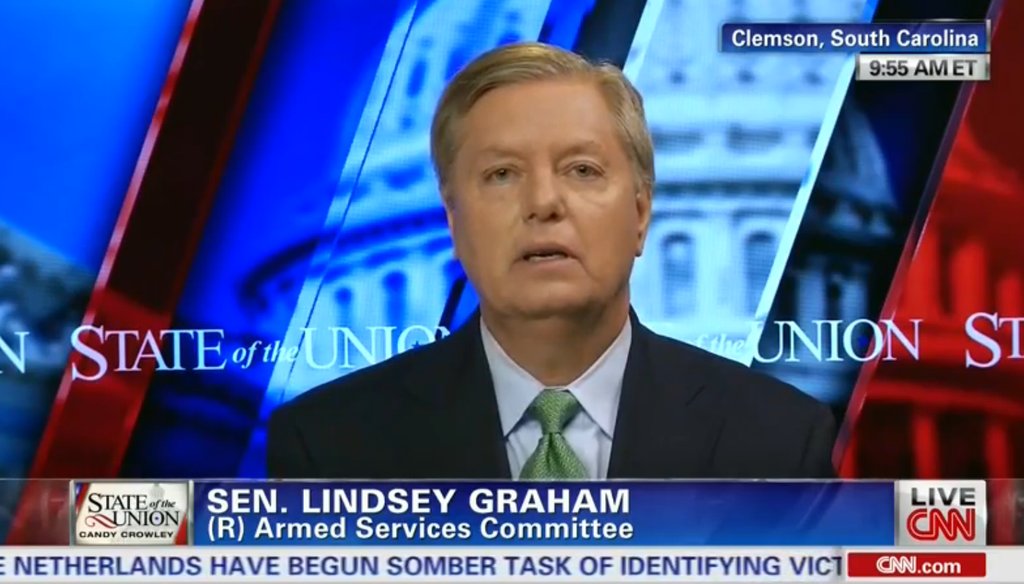
Sen. Lindsey Graham appeared on CNN's "State of the Union" on July 27, 2014.
Graham: Russia 'has an economy the size of Italy'
While the fighting in Ukraine stirs memories of the Cold War, there's little appetite in the United States to get into a military showdown with Russia. Where's there's bipartisan support is to get Europe to take stronger stand.
Sen. Lindsey Graham, R-S.C., said on CNN’s State of the Union Sunday that President Barack Obama should be getting the European Union nations into line.
"They’re dysfunctional political organization, Europe is," Graham said. "And without American leadership organizing Europe and the world, you see people like (Russian President Vladimir) Putin, who has an economy the size of Italy -- he’s playing a poker game with a pair of 2s and winning."
Really? Russia is the world’s second-largest producer of natural gas and the third-largest producer of oil, and it has an economy the size of Italy?
Turns out they largely do.
The numbers
Russia and Italy are very close to each other in terms of nominal gross domestic product, which is the standard unit used to measure the size of a country’s economy. Nominal GDP is the total cost of all goods and services produced or sold in a country in within a certain time frame.
Russia’s 2013 nominal GDP was $2.1 trillion, and Italy’s was $2.07 trillion, according to the World Bank.
That’s not the only way to measure a country’s economy, of course, and this is where the two countries differ. Purchasing power parity takes nominal GDP a step further and shows the value of this level of economic activity if it took place in America. (The Economist explains it by showing how much a McDonald’s Big Mac costs around the world.)
Russia’s GDP calculated for purchasing power parity was $3.5 trillion, while Italy’s was $2.1 trillion. So in 2013, Russia had a higher level of economic activity than Italy, but because goods and services are more expensive in Italy, the overall value (nominal GDP) ended up the same.
Also, Italy has more wealth relative to the size of its population than Russia does. Italy’s 2013 GDP per capita (per person) was $34,619, and Russia’s was $14,612.
But nominal GDP is the standard way to measure an economy’s size compared to other nations, and Graham got that right.
Russia’s influence
Though Russia may have an economy the size of Italy’s, that hardly means it's too small to throw its weight around.
Russia ranks eighth among the world’s top 10 economies, based on 2013 nominal GDP:
-
United States -- $16.8 trillion;
-
China -- $9.2 trillion;
-
Japan -- $4.9 trillion;
-
Germany -- $3.6 trillion;
-
France -- $2.7 trillion;
-
United Kingdom -- $2.5 trillion;
-
Brazil -- $2.2 trillion;
-
Russia -- $2.1 trillion;
-
Italy -- $2.1 trillion;
-
India -- $1.9 trillion.
Also of note: the European Union’s 2013 nominal GDP was $17.4 trillion.
Graham compared Russia’s economy to Italy’s to show how small it is -- but Italy’s economy isn’t that small compared to the rest of the world, so neither is Russia’s. In terms of level of economic activity -- purchasing power parity -- Russia is No. 6 in the world.
In fact, their spot on the list today is close to what it was in the last couple years of the Cold War (the earliest data the World Bank has on Russia’s GDP). In 1992, the year the Soviet Union officially dismantled, their nominal GDP was ranked ninth in the world (America was No. 1). The Russians were also ninth in 1991 and 1990, and they were eighth in 1989.
Russia’s economic standing among other countries has been on the rise in recent years. Only in 2008, 2011, 2012 and 2013 has Russia’s nominal GDP been in the top 10.
One likely reason for their growth is rising oil prices, which have quadrupled since 2002. Oil and natural gas make up nearly 70 percent of Russia’s exports. (Though this isn’t to say the rest of Russia’s economy is thriving.)
Although some say Russia’s overwhelming dependence on oil won’t sustain them for long, Russia has used this natural resource to gain leverage in the Ukrainian conflict -- such as cutting off a major gas supply to Ukraine. And the origins of the conflict lie in whether Ukraine should strengthen its ties with Russia or the European Union -- proving that Russia still exerts a strong influence over some countries’ economic activity.
Our ruling
Graham said Russia "has an economy the size of Italy."
In terms of nominal GDP, Graham is correct. But if you run the numbers a different way and measure purchasing power parity, Russia's economy is larger than Italy's.
Graham's statement is accurate but needs additional information. We rate his claim Mostly True.
Our Sources
CNN, State of the Union, transcript, July 27, 2014
CIA, World Factbook, accessed July 27, 2014
World Bank, world economic data, accessed July 27, 2014
Economist, "Kroners And Swiss Francs Are Still Overvalued," July 27, 2014
New York Times, "Gazprom Cuts Russia’s Natural Gas Supply to Ukraine," June 16, 2014
Business Insider, "Here's How Dependent Russia's Economy Is On Oil And Gas," July 23, 2014
Moscow Times, "Managing Russia’s Economic Decline," March 17, 2014
Forbes, "Oil a problem for Russian economy, official says," April 3, 2012
U.S. Energy Information Administration, oil price data, accessed July 27, 2014
U.S. Energy Information Administration, Russia analysis, accessed July 27, 2014
Email interview, Kevin Bishop, Graham spokesman, July 27, 2014
Browse the Truth-O-Meter
More by Lauren Carroll
Graham: Russia 'has an economy the size of Italy'
Support independent fact-checking.
Become a member!
In a world of wild talk and fake news, help us stand up for the facts.




























